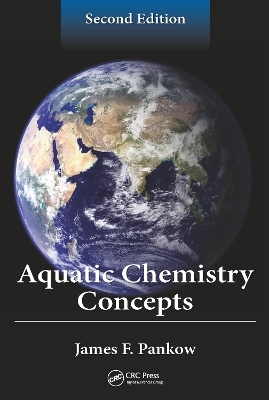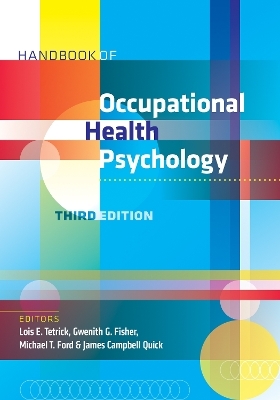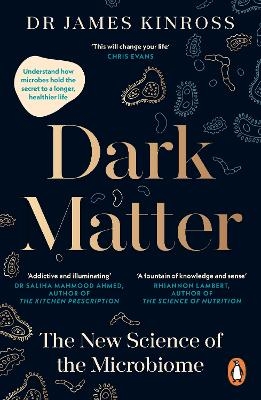
Aquatic Chemistry Concepts, Second Edition
Crc Press Inc (Verlag)
978-1-4398-5440-2 (ISBN)
Aquatic Chemistry Concepts, Second Edition, is a fully revised and updated textbook that fills the need for a comprehensive treatment of aquatic chemistry and covers the many complicated equations and principles of aquatic chemistry. It presents the established science of equilibrium water chemistry using the uniquely recognizable, step-by-step Pankow format, which allows a broad and deep understanding of aquatic chemistry. The text is appropriate for a wide audience, including undergraduate and graduate students, industry professionals, consultants, and regulators. Every professional using water chemistry will want this text within close reach, and students and professionals alike will expect to find at least one copy on their library shelves.
Key Features
Extremely thorough, one-of-a-kind treatment of aquatic chemistry which considers: a) chemical thermodynamics fundamentals; b) acid/base, titration, and buffer calculations; c) CO2 chemistry and alkalinity; d) complexation of metal ions by ligands and chelates; e) mineral solubility processes; f) redox chemistry, including the chemistry of chlorine (as in disinfection), oxygen, CO2 and methane, nitrogen, sulfur, iron, and lead, including the story of lead in the drinking water of Flint, Michigan; and g) electrical effects in aqueous solutions including the Debye-Hückel Law (and related equations for activity corrections), double layers, and colloid stability
Discussions of how to carry out complex calculations regarding the chemistry of lakes, rivers, groundwater, and seawater
Numerous example problems worked in complete detail
Special foreword by Jerry L. Schnoor
'There’s a lot to like about a book on water chemistry that lays it out simply. Einstein said that everything should be as simple as it can be, but not simpler. Wise advice. And that is what James F. Pankow has accomplished in the second edition of his textbook, Aquatic Chemistry Concepts. It covers the “waterfront” of essential inorganic chemistry topics, and it supplies enough examples to lead the student toward problem solving.'
-From the Foreword, Jerry L. Schnoor
James F. Pankow earned a BA in chemistry at the State University of New York at Binghamton in 1973, training in the laboratory of Dr. Gilbert E. Janauer. He earned a PhD in environmental engineering science at the California Institute of Technology in 1979, training in the laboratory of Dr. James J. Morgan (1966–1974, Editor-in-Chief, Environmental Science and Technology; 1999, Clarke Water Prize; 1999, Stockholm Water Prize). Dr. Pankow’s awards include the John Wesley Powell (U.S. Geological Survey) National Citizen Achievement Award (1993), the American Chemical Society Award for Creative Advances in Environmental Science and Technology (1999), and the Haagen-Smit Prize (2005). He was elected to the National Academy of Engineering in 2009.
Part I: Introduction 1. Overview 2. Thermodynamic Principles Part II: Acid/Base Chemistry 3. The Proton (H+) in Aquatic Chemistry 4. The Electroneutrality Equation, Mass Balance Equations, and the Proton Balance Equation 5. Quantitative Acid/Base Calculations for Any Solution of Acids and Bases 6. Dependence of α Values on pH, and the Role of Net Strong Base 7. Titrations of Acids and Bases 8. Buffer Intensity β 9. Chemistry of Dissolved CO2 Part III: Metal/Ligand Chemistry 10. Complexation of Metal Ions by Ligands Part IV: Mineral Solubility 11. Simple Salts and Metal Oxides/Hydroxides/Oxyhydroxides 12. Solubility Behavior of Calcium Carbonate and Other Divalent Metal Carbonates in Closed and Open Systems 13. Metal Phosphates 14. Which Solid Is Solubility Limiting? Examples with Fe(II) for FeCO3(s) vs. Fe(OH)2(s) Using Log pCO2 vs. pH Predominance Diagrams 15. The Kelvin Effect: The Effect of Particle Size on Dissolution and Evaporation Equilibria 16. Solid/Solid and Liquid/Liquid Solution Mixtures Part V: Redox Chemistry 17. Redox Reactions, EH, and pe 18. Introduction to pe–pH Diagrams: The Cases of Aqueous Chlorine, Hydrogen, and Oxygen 19. pe–pH Diagrams for Lead (Pb) with Negligible Dissolved CO2 20. pe–pH Diagrams for Lead (Pb) in the Presence of CO2 with Fixed CT, and Fixed CT and Phosphate 21. pe and Natural Systems 22. Redox Succession (Titration) in a Stratified Lake during a Period of Summer Stagnation Part VI: Effects of Electrical Charges on Solution Chemistry 23. The Debye–Huckel Equation and Its Descendent Expressions for Activity Coefficients of Aqueous Ions 24. Electrical Double Layers in Aqueous Systems 25. Colloid Stability and Particle Double Layers
| Erscheint lt. Verlag | 20.11.2019 |
|---|---|
| Zusatzinfo | 54 Tables, black and white |
| Verlagsort | Bosa Roca |
| Sprache | englisch |
| Maße | 178 x 254 mm |
| Gewicht | 1230 g |
| Themenwelt | Medizin / Pharmazie ► Medizinische Fachgebiete ► Arbeits- / Sozial- / Umweltmedizin |
| Studium ► Querschnittsbereiche ► Klinische Umweltmedizin | |
| Naturwissenschaften ► Biologie ► Biochemie | |
| Naturwissenschaften ► Chemie | |
| Naturwissenschaften ► Geowissenschaften ► Geologie | |
| Naturwissenschaften ► Geowissenschaften ► Hydrologie / Ozeanografie | |
| Technik ► Bauwesen | |
| Technik ► Umwelttechnik / Biotechnologie | |
| ISBN-10 | 1-4398-5440-8 / 1439854408 |
| ISBN-13 | 978-1-4398-5440-2 / 9781439854402 |
| Zustand | Neuware |
| Informationen gemäß Produktsicherheitsverordnung (GPSR) | |
| Haben Sie eine Frage zum Produkt? |
aus dem Bereich


